How to Use Our Dough Products
Tips for Thawing, Proofing and Retarding Dough
When it comes to using our dough products, there are a couple of steps involved in the transformation from frozen dough to hot baked breads. In order to make the tastiest baked goods, you will need to prepare your dough in a certain way, which includes thawing, defrosting, proofing and retarding dough before baking.
While these processes may seem difficult at first, learning the technical know-how can help you master your dough preparation and bake delicious breads every single time.
If you are a cafe or restaurant owner and want to make sure you are using your dough as efficiently and effectively as possible, keep reading to learn a few tips and tricks for thawing and proofing our high quality dough products!
Thawing and Defrosting Dough
Dough can be thawed in one of two ways.
- Overnight in a fridge or cool room. You can tray the product up in the way you intend to bake it, cover it with a plastic sheet or cling film (this prevents the dough drying out) and leave for up to 20 hours.
- The floor thaw method. Tray up and store in a rack away from direct heat. This is quicker than the fridge but requires you to keep an eye on the dough because every café or bakery will have a slightly different ambient temperature. Thaw times will vary from 90 to 180 minutes. Make sure you cover the dough though for the same reason as the fridge method.
If your café doesn’t have space for racks and trays, a tip is to use silicon paper in a plastic container (the stackable ones are ideal) which can be transferred to a tray for proofing and baking.
Proofing Dough
Proofing is the final fermentation step in creating leavened (yeast raised) breads. Basically, a chemical reaction occurs when the yeast consumes carbohydrates and expels gas. This causes the dough to rise.
Once the dough has thawed and reaches approximately 12°C the proof stage will commence.
Similar to thawing, there are a couple of methods to proof.
- Ideally a proofer is a controlled environment which is set between 28 – 38°C and around 85% humidity. Having a controlled environment means that your dough will proof in the same amount of time every time. Depending on the dough piece, this time will be between 40 – 60 minutes.
- Keep the trays covered and move to a warm part of your café or bakery. Keep an eye on the dough. Once it reaches double its initial size, it is ready. The more you do this the better you will get until you can set a timer and walk away.
Retarding Dough
Retarder proofers became popular in Australian bakeries and cafes in the early 2000’s. Their function is to provide control to the fermentation process and allow bakers to prepare today to bake tomorrow, effectively giving them some much needed sleep!
Retarders will be programmable so you can set and forget. For frozen dough you can tray up in the afternoon, set the retarder to 4°C (thawing stage) and set a time in the morning that the retarder will slowly increase the temperature of the cabinet until it reaches 38°C (proof stage). The dough will be ready to bake when the baker or chef arrives for work.
If your business has room for a proofer cabinet, the upgrade to a retarder proofer often makes good financial sense as it saves time and saves you having to rely on memory or timers to check.
As Australia’s forefront frozen food distributor, Suprima is dedicated to the innovation of frozen dough technology. Our commitment ensures long shelf life without compromising quality or taste.
At Suprima Bakeries, we aim to make using our dough products as easy as possible. For more information, feel free to contact our team of experienced bakers here, or read our detailed guide on ‘How to Use Our Dough’ here.




